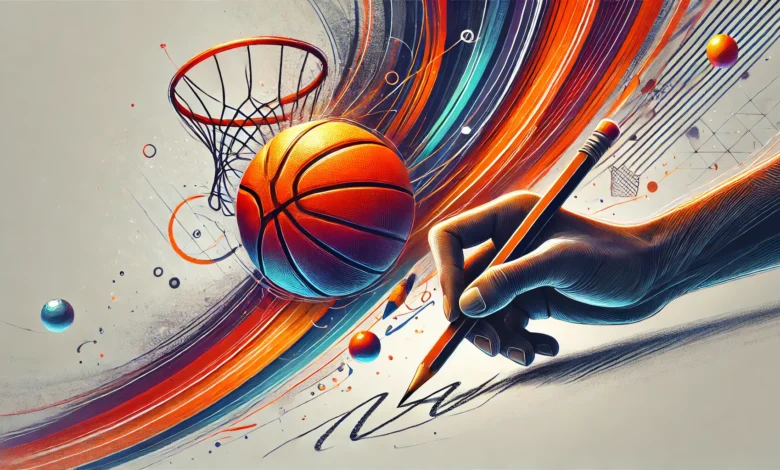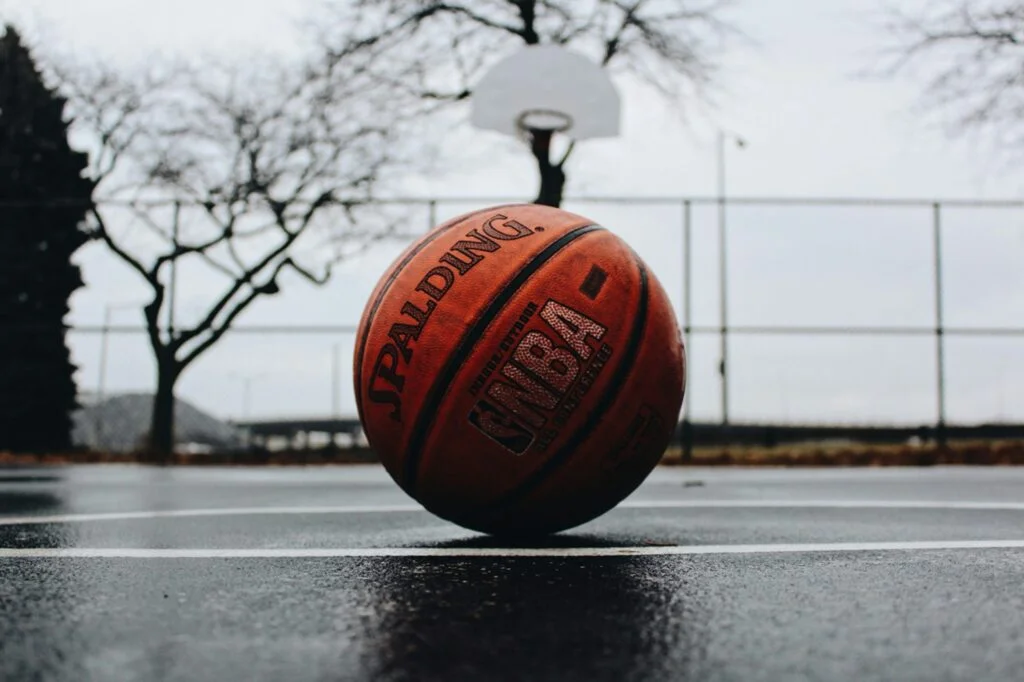Drawing= Basketball Action Shots for Sports Enthusiasts

Introduction
Basketball, a fast-paced and highly energetic sport, provides endless inspiration for artists looking to capture motion and intensity in their drawings. Illustrating basketball scenes not only requires an understanding of anatomy and movement but also the ability to convey emotion and excitement. In this guide, we’ll walk you through the process of drawing dynamic basketball players and scenes, from the fundamentals to advanced techniques.
Understanding the Fundamentals of Drawing Basketball Scenes
Choosing the Right Tools
Selecting the right tools is essential for creating detailed and expressive basketball drawings. Traditional artists often use graphite pencils with varying hardness to sketch players’ poses. Soft pencils like 4B or 6B are great for shading, while harder pencils, like H or HB, are perfect for creating fine lines. For digital artists, tools like tablets and styluses allow for easy adjustments and the flexibility to experiment with different styles and textures.
Study of Basketball Movements
To capture the essence of basketball, it’s important to study the movements of players in action. Watch footage or observe photographs of players dribbling, jumping, and shooting to understand how their bodies move. Pay attention to body angles, weight distribution, and the way muscles contract during intense gameplay. Understanding these key movements will help you draw realistic and engaging scenes.
Step-by-Step Guide to Drawing a Basketball Player
Step 1: Rough Sketch
Start your basketball illustration with a rough sketch using basic shapes like circles and lines. This initial step helps map out the player’s frame and posture. Focus on creating a dynamic pose, such as a player jumping for a dunk or dribbling down the court. Don’t worry about the details yet; the goal is to establish a solid foundation.
Refining the Silhouette
Once you have the basic sketch in place, refine the silhouette by adding more detail to the body, clothing, and equipment. Pay special attention to the player’s muscles, as basketball players often have well-defined builds. Draw folds in the uniform and emphasize the structure of the shoes to add depth and realism to the drawing.
Advanced Techniques for Enhancing Basketball Drawings

Shading and Lighting
Shading and lighting play a crucial role in bringing your drawing to life. Use shading to highlight muscle definition and create contrast between light and dark areas. This adds depth to the player’s body and creates a sense of movement. Applying proper lighting also helps emphasize the intensity of the moment, whether it’s a player mid-jump or a close-up shot of a hand gripping the basketball.
Capturing Speed and Motion
To truly capture the fast-paced nature of basketball, experiment with techniques like motion blur and dynamic lines. Drawing motion lines behind the basketball or limbs can suggest speed, while blurring certain areas of the player’s body helps create the illusion of movement. These techniques add energy to your drawing and make it feel alive.
Common Mistakes and How to Avoid Them in Basketball Drawings
Overcomplicating the Pose
One common mistake artists make is overcomplicating the pose. While it’s important to capture dynamic action, it’s equally essential to ensure the pose remains natural and balanced. Focus on simplifying the composition and keeping the body movements fluid to avoid stiff or awkward drawings.
Inaccurate Proportions
Getting the proportions right is key to a successful basketball drawing. Use reference images to ensure that the player’s limbs, head, and torso are in proportion to one another. Keeping a consistent scale will help you avoid elongated arms or exaggerated muscle structures, which can throw off the realism of the drawing.
Conclusion
Drawing basketball players and scenes requires practice, observation, and a keen eye for movement. By mastering the basics, focusing on realistic anatomy, and applying advanced techniques like shading and motion blur, you can create dynamic and engaging basketball illustrations. Keep refining your skills, and remember that every stroke adds to the energy of the game.



